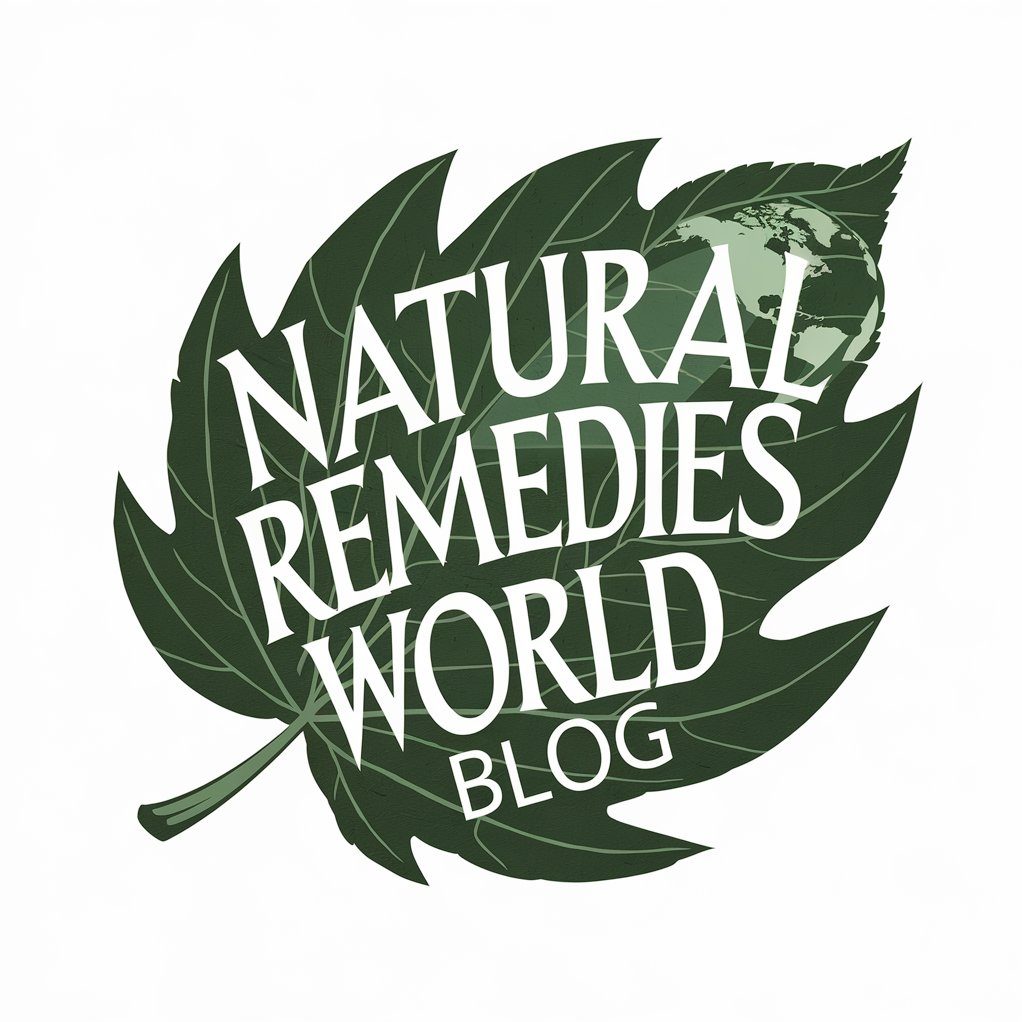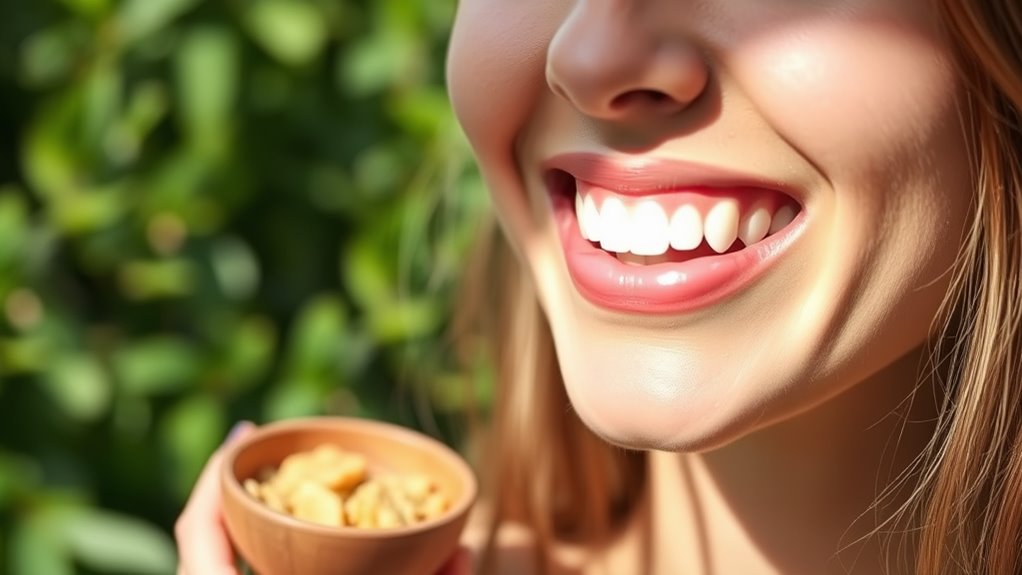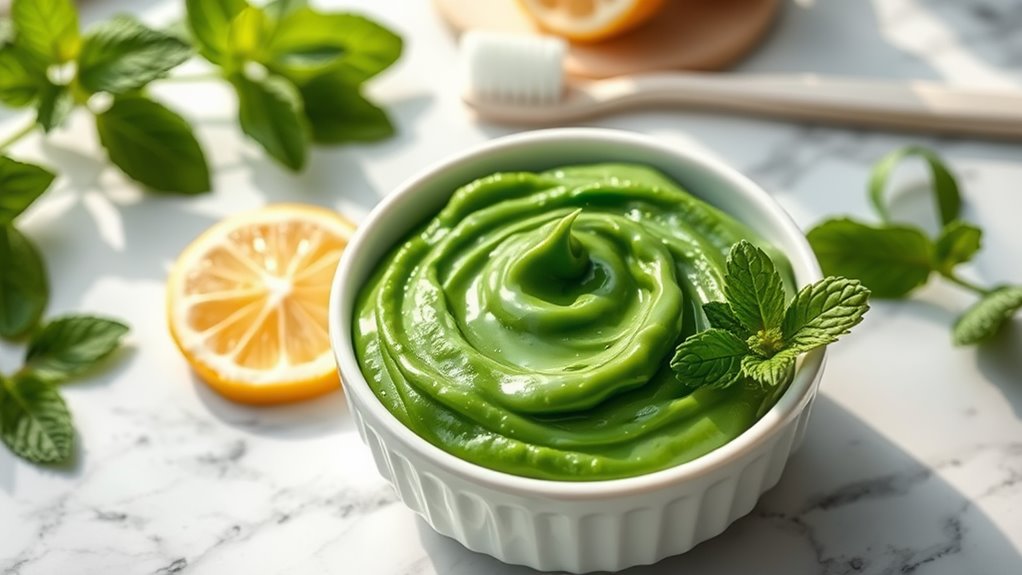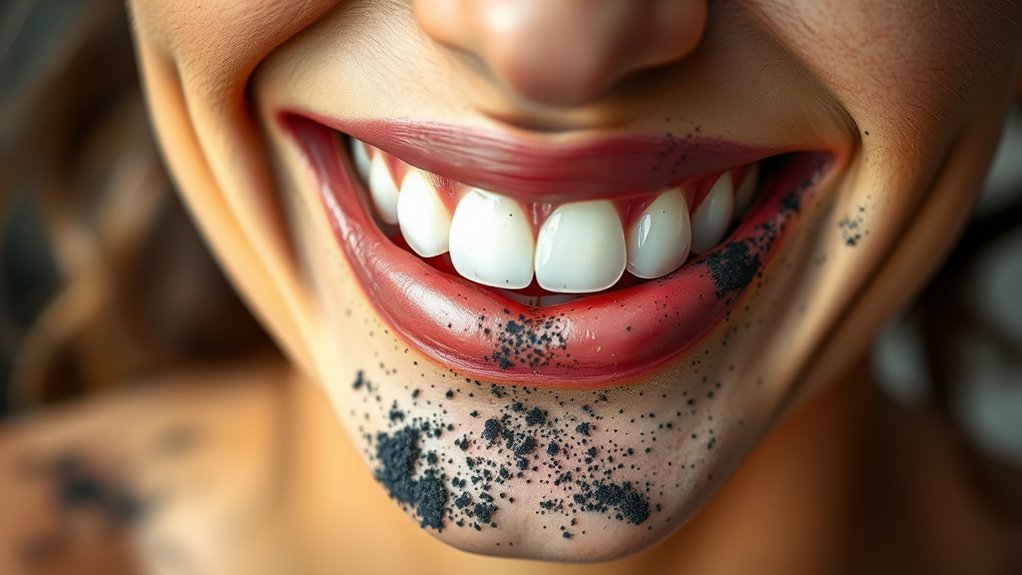Transform Your Smile With This Natural Whitening Trick!
Transform your smile with activated charcoal! This natural whitening trick effectively lifts stains and promotes oral health by binding to impurities. It’s a gentle alternative to harsh chemical whiteners, making it safe for your enamel. Simply brush with food-grade activated charcoal for a few minutes, then rinse thoroughly. Make sure to follow up with fluoride toothpaste for extra protection. Want to learn more about the benefits and application tips? There’s plenty more to discover!
Understanding Activated Charcoal and Its Whitening Properties
Activated charcoal has gained popularity as a natural teeth whitener, and for good reason. This fine black powder, made from carbon-rich materials like wood or coconut shells, is known for its adsorptive properties.
When you apply it to your teeth, it binds to stains and impurities, helping to remove them effectively. Unlike conventional whiteners, activated charcoal doesn’t contain harsh chemicals, making it a gentler alternative.
Its porous structure allows it to absorb toxins, which can contribute to a brighter smile. You might be surprised to learn that it can help reduce bad breath too.
Just remember, while it’s a powerful tool in whitening, it’s essential to use it correctly to maintain your dental health.
Benefits of Using Activated Charcoal for Teeth Whitening
While many people seek a brighter smile, using activated charcoal for teeth whitening offers several unique benefits.
First, it’s a natural alternative to harsh chemicals found in many commercial whitening products, making it gentler on your enamel.
You’ll also find that activated charcoal effectively binds to stains and plaque, helping to lift them away with ease. This not only brightens your teeth but also promotes overall oral health by reducing bad bacteria in your mouth.
Plus, it’s easy to incorporate into your routine; you can use it alongside your regular toothpaste.
How to Properly Apply Activated Charcoal for Best Results
To achieve the best results with activated charcoal, start by selecting a high-quality product that’s specifically designed for oral use.
Once you have your charcoal, follow these steps for effective application:
- Wet your toothbrush: Dampen your toothbrush to help the charcoal adhere better.
- Dip into charcoal: Gently dip the bristles into the activated charcoal powder, ensuring an even coating.
- Brush gently: Brush your teeth for 2-3 minutes, focusing on areas with stains, but be careful not to apply too much pressure.
After brushing, rinse thoroughly to remove any residue.
You can repeat this process 1-2 times a week for optimal results. Enjoy your brighter, more confident smile!
Safety Considerations When Using Activated Charcoal
Using activated charcoal for teeth whitening can be effective, but it’s essential to consider safety precautions.
First, make sure to choose food-grade activated charcoal to avoid harmful additives. Avoid excessive use, as it can wear down enamel over time, leading to increased sensitivity and potential damage.
It’s wise to consult your dentist before starting, especially if you have dental work like fillings or crowns, as charcoal can stain these materials.
Also, be cautious about your technique; don’t scrub too hard, as this can irritate your gums.
Finally, remember to follow up with a fluoride toothpaste to help remineralize your teeth and maintain overall oral health.
Staying informed will help you enjoy a brighter smile safely!
The Science Behind Activated Charcoal and Teeth Whitening
Activated charcoal has gained popularity for its potential to whiten teeth, and the science behind it’s quite intriguing. This black powder works through a process called adsorption, where it binds to surface stains on your teeth. By doing so, it helps lift away discoloration caused by food and drinks.
Here are a few key points to consider:
-
Micro-particles: Activated charcoal has tiny pores that trap toxins and stains effectively.
-
Natural: It’s derived from carbon-rich materials like coconut shells and wood, making it a safer alternative to harsh chemicals.
-
Mild Abrasive: Its texture gently polishes teeth, which can enhance their brightness over time.
Using activated charcoal could be an effective method for achieving a whiter smile!
Frequently Asked Questions
Can Activated Charcoal Damage Dental Work Like Crowns or Veneers?
Yes, activated charcoal can damage dental work like crowns or veneers. Its abrasive nature may scratch the surface, leading to discoloration or weakening. It’s best to consult your dentist before using it for whitening.
How Often Should I Use Activated Charcoal for Whitening?
You should use activated charcoal for whitening about once or twice a week. Overuse can lead to enamel wear, so balance is key. Always consult your dentist to ensure it’s safe for your dental health.
Can Children Use Activated Charcoal for Teeth Whitening?
You shouldn’t use activated charcoal for children’s teeth whitening. Kids’ dental enamel is more sensitive, and charcoal can damage it. Instead, focus on regular brushing and dental visits for maintaining their bright smiles safely.
Is There a Taste or Texture Issue With Activated Charcoal?
You might notice a gritty texture when using activated charcoal, which can be off-putting. As for taste, it’s generally mild, but some find it slightly earthy. You may need to adjust your expectations accordingly.
What Happens if I Swallow Activated Charcoal Accidentally?
If you accidentally swallow activated charcoal, don’t panic. It’s generally safe in small amounts but can cause constipation or digestive discomfort. Always consult a healthcare professional if you experience any unusual symptoms afterward.




